The increasingly fraught question of cultural appreciation versus cultural appropriation offers few easy answers, but sometimes examples of equitable exchange do occur. ‘Silent Beauty: Nordic and East-Asian Interaction’ at the Ateneum Art Museum in Helsinki aims to make the case for just such an encounter.
Picking up from where ‘Japanomania in the Nordic Countries 1875–1918’ (at the Ateneum in 2016) left off, the current exhibition displays work made in Finland, Sweden and East Asia from the 1920s to the present day, with a focus on the art of the 1950s and ’60s. Paintings, woodcuts, ceramics, glass, textiles and architecture illustrate two ideas: first, that there are inherent similarities in taste between the regions and, second, that significant artistic exchange took place during this period. While the West’s borrowings from East Asia have been explored in depth, the curators of the show claim that theirs is the first exhibition about the ‘two-way interaction between the cultures’.

Marsh Bird (1961), Jaakko Sievänen. Photo: © Finnish National Gallery/Jouko Könönen
Grouped into sections with titles such as ‘Still Lives’, ‘Sky and Water’, and so on – the exhibition is, as the names suggest, visually led. And, up to a point, this curatorial approach works just fine. The aesthetic experience is soothing: the commonalities highlighted here are a taste for simplicity, a nuanced approach to colour, and an appreciation of natural materials. These themed sections can occasionally feel repetitive – as in the variations on pine woods in ‘Forest and Trees’, which sometimes lapse into kitsch – yet the overall effect is pleasingly meditative. Some of the most compelling works here are the quietest. Gunnar Pohjola’s Arctic Landscape (1964) is a case in point: a discreet arrangement of impasto paint daubs and fragments of cloth expressing the cool majesty of Lapland.
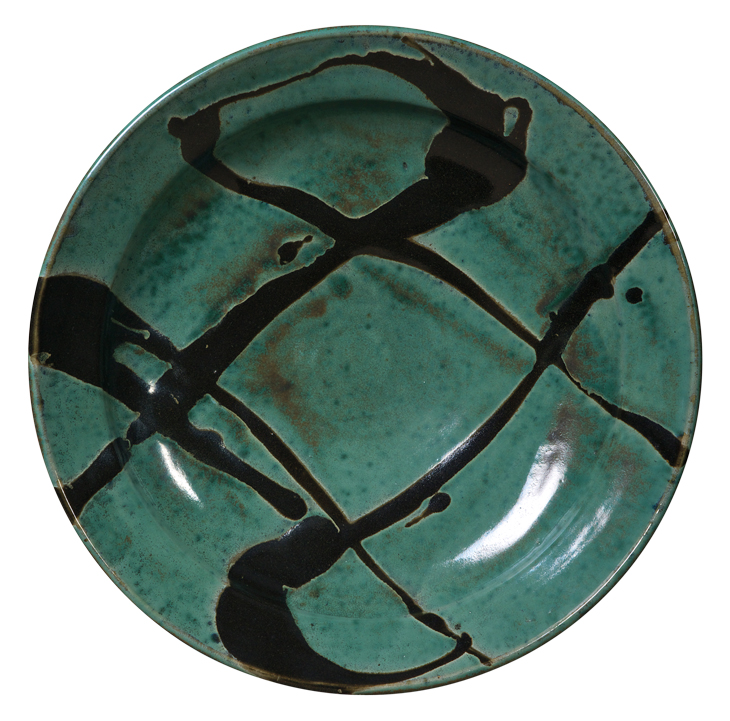
Bowl (1956), Shoji Hamada. Japan Folk Crafts Museum, Tokyo
The ceramics are also quietly stunning. Hefty stoneware pots – plates, bowls and vessels – by the Japanese masters Shoji Hamada and Kanjiro Kawai are accompanied by earlier Korean and Japanese pieces by unknown craftsmen. Alongside these are pieces by Finnish potters, most notably Kyllikki Salmenhaara, who lived in Taiwan in the 1960s and went on to found an influential ceramics school there. Her sculptural vessels are often thrown with a grogged clay, speckled with impurities: a decision recalling the Japanese aesthetic philosophy of wabi-sabi, expressed by Salmenhaara in distinctly mid-century form. Their rough-hewn texture finds an echo in Finnish painter Ahti Lavonen’s large abstract paintings exhibited nearby, particularly the soil-like surface of his Untitled (1961).
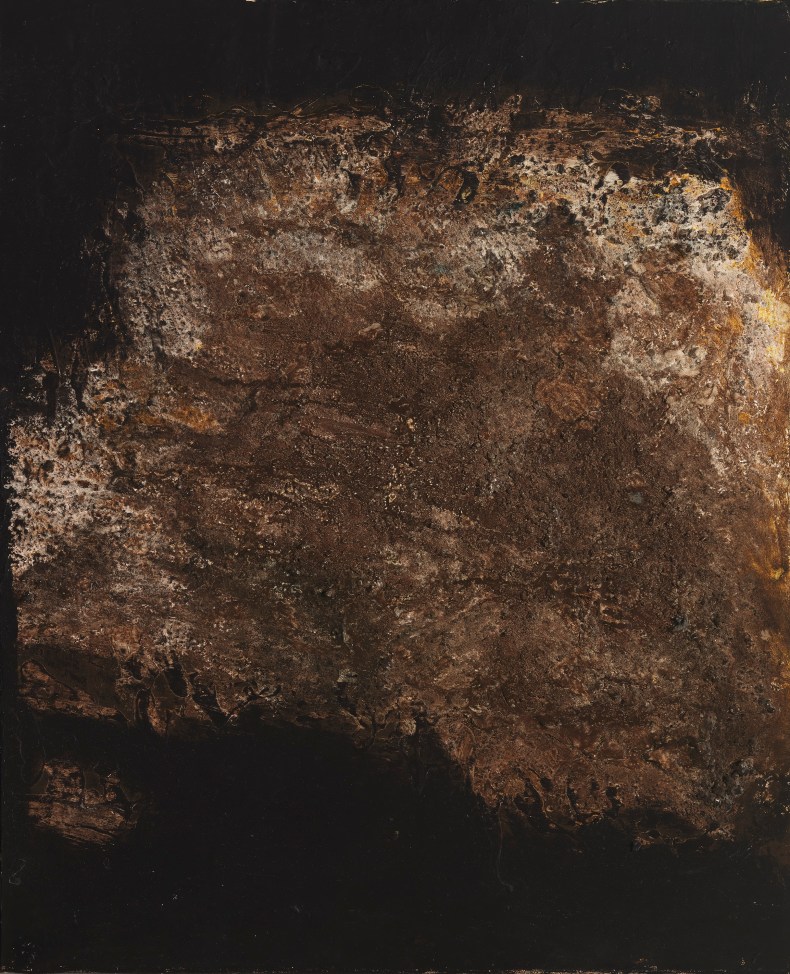
Untitled (1961), Ahti Lavonen. Photo: © Finnish National Gallery/Yehia Eweis
That the ceramics are some of its stand-out pieces is a credit to the exhibition, which collapses the hierarchy between the so-called fine and applied arts by presenting them on an equal footing. This approach has an elegant connection to the history of the Ateneum, which once housed both the Drawing School of the Finnish Art Society and the School of Applied Arts, and where ceramics were taught by Alfred William Finch, a Belgian-born Englishman whose works (on display) were influenced by Japanese pottery – an influence he brought to his teaching.
Of the 270 artworks, a third come from the Ateneum’s permanent collection; the biggest lender is the Japan Folk Crafts Museum in Tokyo. And here a stumbling block presents itself: the proportion of work by Finnish artists inspired by East Asia heavily outnumbers that of East Asian artists inspired by Nordic countries. (In 2020, the show will travel to the Prins Eugens Waldemarsudde in Stockholm, where a greater number of works will be Swedish).
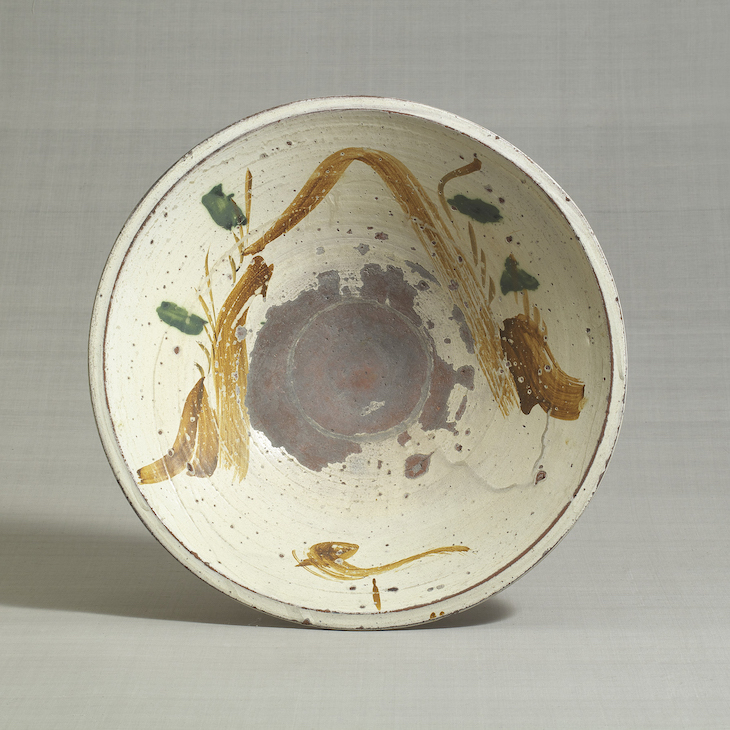
Bowl (c. late 18th century–19th century), Takeo Karatsu ware, Japan. Japan Folk Craft Museum, Tokyo
The displays also suffer from a certain woolliness, which might have been avoided if there were more specific information on who was influenced by what, and how (although the accompanying catalogue is something of a corrective). For instance, while visitors are told that Soetsu Yanagi, Japanese philosopher and founder of the Mingei folk craft movement, visited both Stockholm and Helsinki, there is no attempt to explain how this experience affected either Yanagi or the wider movement. Yet those works in which the Nordic influence on East Asian makers is made clear do make a convincing case.
Japanese architect Tadao Ando’s Church on the Water (1988) in Hokkaido bears a keen resemblance to the Finnish duo Kaija and Heikki Siren’s Otaniemi Chapel (1957) in the forests near Espoo, represented here in a silent film. Both feature a glass altar wall in which an unadorned cross foregrounds an open space, offering an environment for the contemplation of the material world as much as the immaterial. The focus in the two buildings on natural materials – wood, metal, water – offers more evidence of this shared sensibility. The bold hand-printed patterns of Samiro Yunoki’s cotton fabrics from the 1960s bear more than a passing resemblance to textiles by Marimekko, the Finnish design company whose fashions were all the rage during that decade. To make its point with greater force, the show could do with more examples like these.
Interpreting the to-and-fro of influence across a century and several countries can be a complex business. An oil painting by Japanese artist Kotaro Migishi titled Garden with Snow (1928) is described by Tsutomu Mizusawa in the catalogue as an example of ‘Japonisme by the Japanese people, for the Japanese people’: a European vision of Japan reflected back through Japanese eyes. An undated earthenware bowl by Takeuchi Seijiro is another hybrid. With an unglazed exterior and wavering rim expressive of Japanese folk craft, it also bears feathered slipware decoration – as delightful as the icing on a millefeuille pastry – belonging to the English vernacular tradition revived by Bernard Leach. Slipware gained popularity in Japan due to Yanagi’s admiration for these wares and Leach and Hamada’s involvement in the Mingei movement. It’s thanks to this exchange that the visitor is offered prominent wall-texts on the Leach Pottery in St Ives, Cornwall, and examples of Leach’s work. But in the context of an exhibition purportedly about Nordic influence, the presence of the English potter feels confusing. While on the matter of a shared aesthetic ‘Silent Beauty’ is clear, its more ambitious argument is rather opaque.
‘Silent Beauty: Nordic and East Asian Interaction’ is at the Ateneum Art Museum, Helsinki, until 6 October.
From the October 2019 issue of Apollo. Preview and subscribe here.
Unlimited access from just $16 every 3 months
Subscribe to get unlimited and exclusive access to the top art stories, interviews and exhibition reviews.

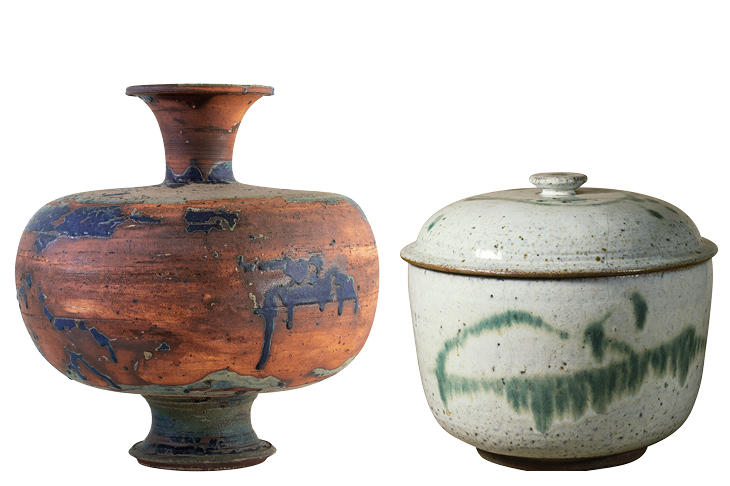
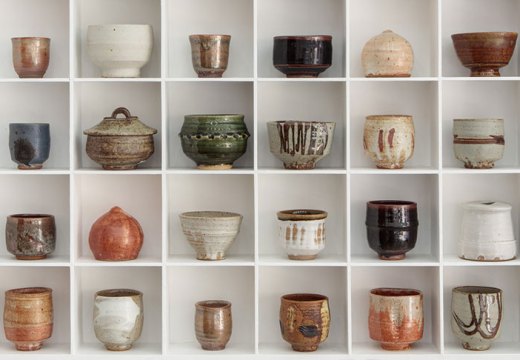
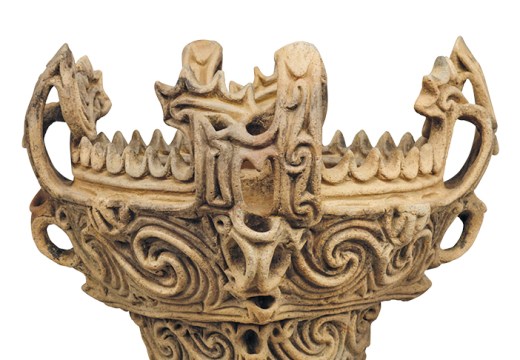
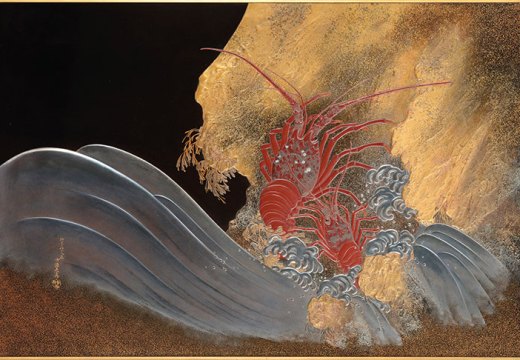









![Masterpiece [Re]discovery 2022. Photo: Ben Fisher Photography, courtesy of Masterpiece London](http://www.apollo-magazine.com/wp-content/uploads/2022/07/MPL2022_4263.jpg)
It’s time for the government of London to return to its rightful home